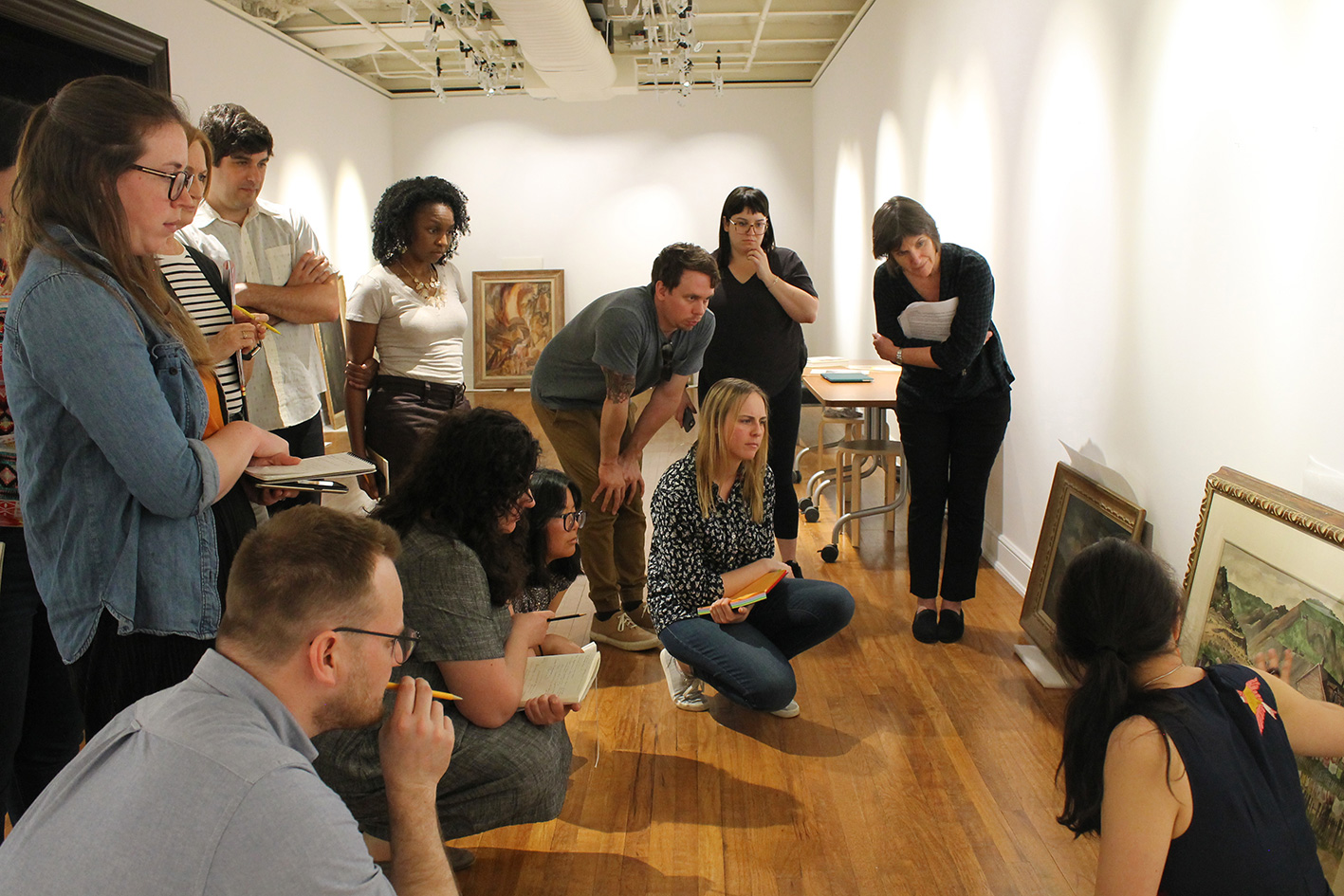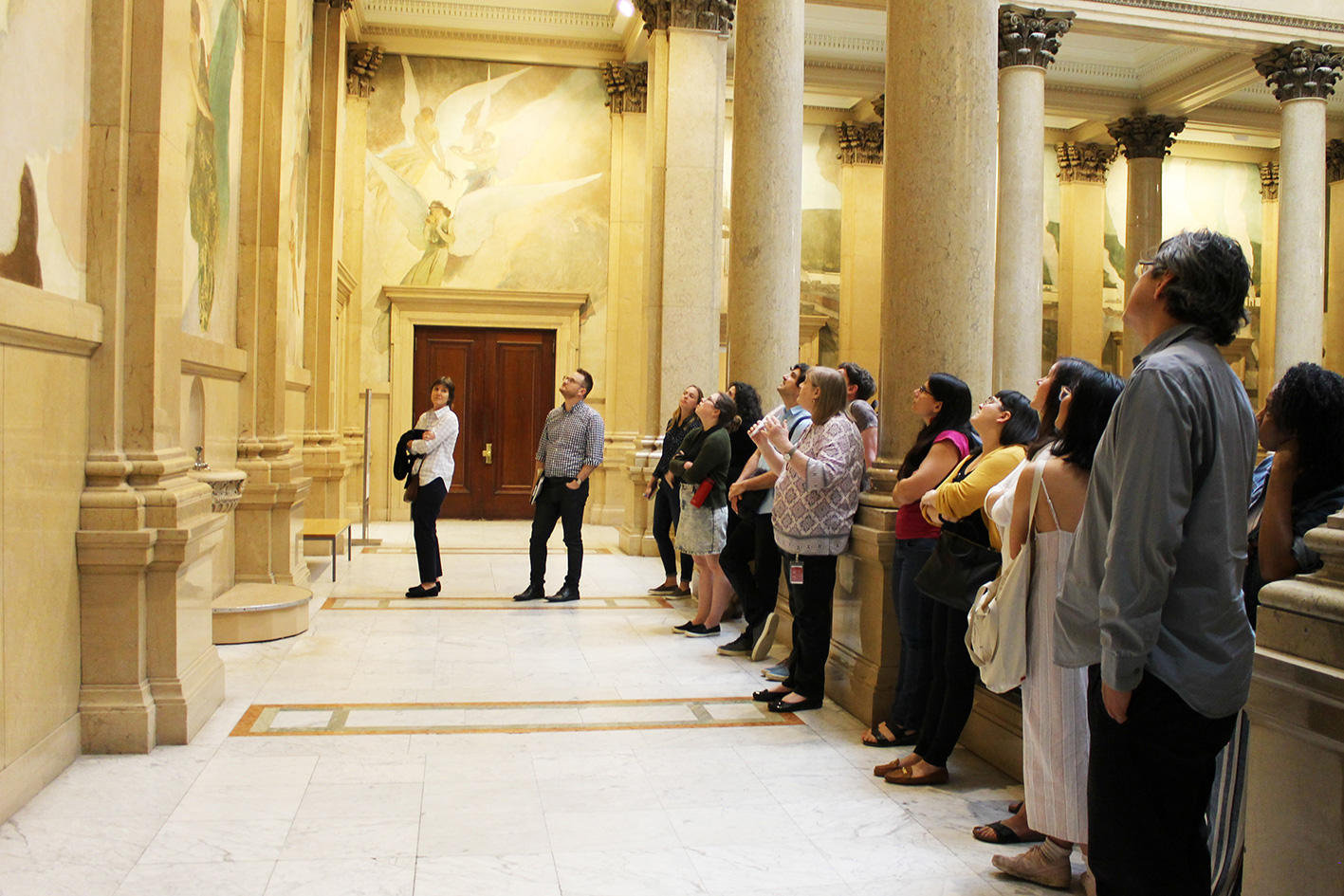Author: Emma Squire
PhD student in Theatre and Performance Studies and Work Forces workshop participant
On October 25th, 1915 a fire at the Union Paper Box Company in Pittsburgh’s North Side neighborhood killed thirteen and left an estimated fifteen injured. Twelve of these fatalities were women under the age of twenty-four. Archives and Special Collections at The University of Pittsburgh holds the Allegheny County Coroner’s Office records of the inquest into the fire at 207-209 Sandusky Street. This collection of press reports, proof of identity forms, and verdicts from the coroner’s jury provide a narrative of a city reckoning with its lack of enforced fire codes and underfunded firefighting infrastructures. Additionally, these institutional documents contain glimpses of the individual traumas experienced by the community in the aftermath of the tragedy. These papers contain precisely the sort of information that would be necessary for an attempt to create a devised theatre piece around the Union Paper Box Company fire.
As a PhD student in the Theatre Arts department, I co-founded the Archive Theatre Project in partnership with Archives and Special Collections at Pitt. Our mission is to devise and stage performances, free to the public, constructed from content found within local archival collections. In February 2019 we produced SALK: The Man Behind the Vaccine a staged-reading created from the Max A. Lauffer Papers housed at Pitt. After SALK, University Archivist Zach Brodt suggested that Archive Theatre Project might look into the fire at the Union Paper Box Company as a possible subject. I had hoped that participating in Work Forces would allow me to research the local tragedy from a variety of different institutional perspectives and archival mediums. While I was able to collect information like the coroner’s office records, what I left the workshop with was a heightened sense of the atmospheric conditions in which the event itself occurred. A painting of slag running down a local hill, a conservator explaining the continuous cleaning-up of industrial grim in early twentieth-century Pittsburgh, photography showing the massive construction sites of buildings still standing downtown; these understandings have brought me closer to the sensory experiences of 1915 Pittsburgh. It becomes easier to imagine the smells, sounds, and sights of daily life for the workers of the Union Paper Box Company. It became clear to me throughout the workshop that accumulating specific information regarding the tragedy of October 25th, 1915 was only one part of the story. In order to create a more nuanced devised theatre piece, an understanding of the atmospheric elements of Pittsburgh’s environmental and labor histories would be necessary.


